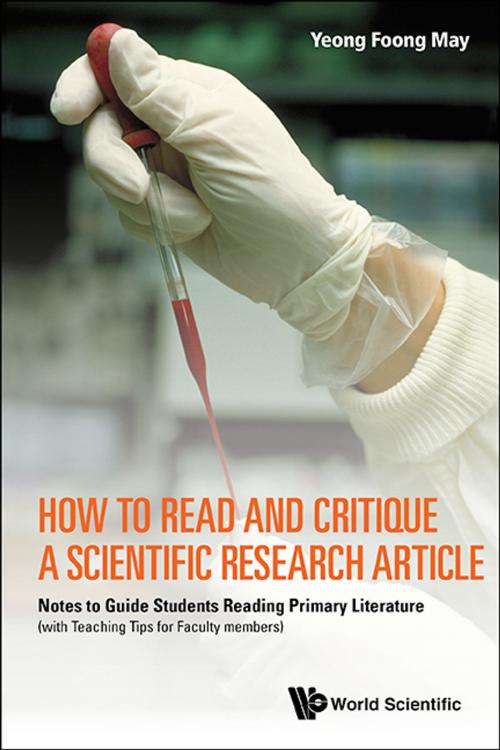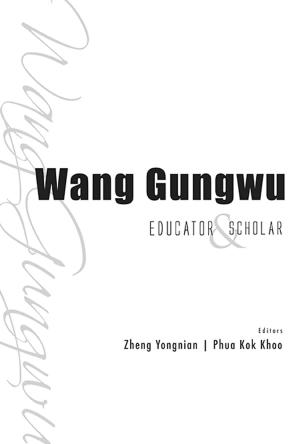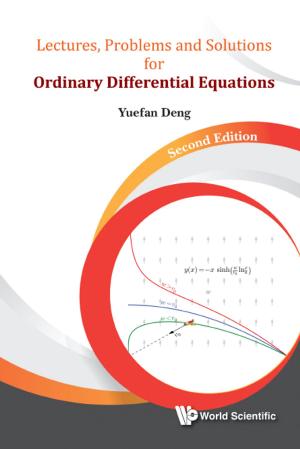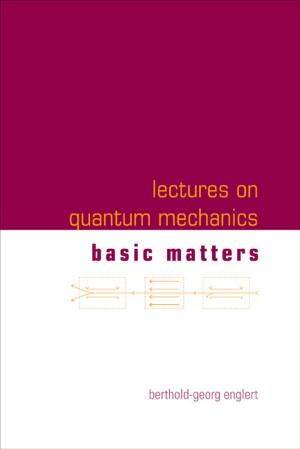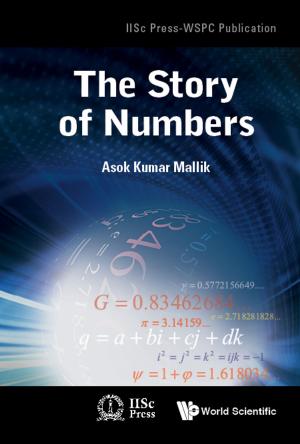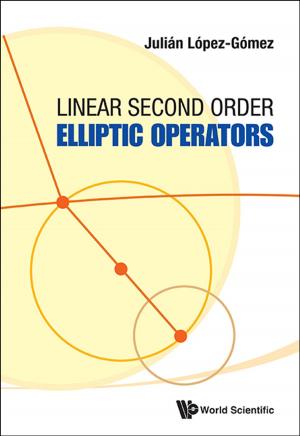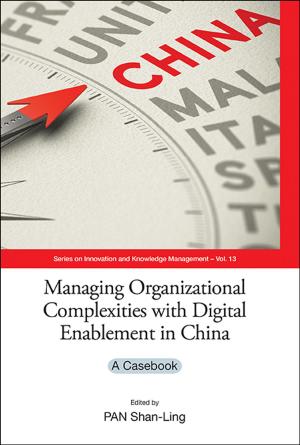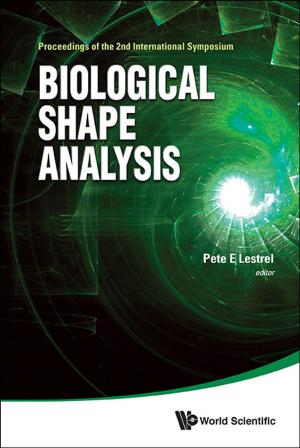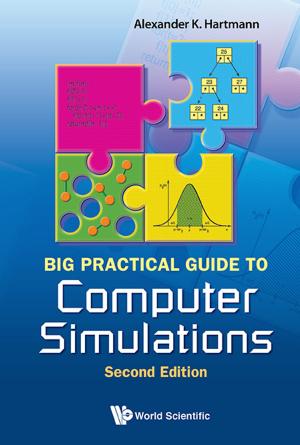How to Read and Critique a Scientific Research Article
Notes to Guide Students Reading Primary Literature (with Teaching Tips for Faculty Members)
Nonfiction, Science & Nature, Science, Biological Sciences| Author: | Foong May Yeong | ISBN: | 9789814579186 |
| Publisher: | World Scientific Publishing Company | Publication: | January 16, 2014 |
| Imprint: | WSPC | Language: | English |
| Author: | Foong May Yeong |
| ISBN: | 9789814579186 |
| Publisher: | World Scientific Publishing Company |
| Publication: | January 16, 2014 |
| Imprint: | WSPC |
| Language: | English |
Given the explosion of information and knowledge in the field of Life Sciences, adapting primary literature as materials in course work as part of active learning seems to be more effective in improving scientific literacy among science undergraduates than the pure transmission of content knowledge using traditional textbooks. In addition, students also read research articles as part of undertaking laboratory research projects useful for preparing them for graduate school. As such, a good grasp of reading and analytical skills is needed for students to understand how their research project contributes to the field that they are working in. Such skills are being taught at UK and USA universities. In Asia, this approach in teaching has not yet been as widespread, although similar ideas are beginning to be used in education. Written as a quick guide for undergraduate students and faculty members dealing with scientific research articles as part of a module or research project, this book will be useful, especially in Asia, for students and faculty members as the universities look to incorporating the use of scientific research articles in their undergraduate teaching.
For Life Science students, the first time they encounter a primary literature can be rather daunting, though with proper guidance, they can overcome the initial difficulties and become confident in dealing with scientific articles.
This guidebook provides a structured approach to reading a research article, guiding the reader step-by-step through each section, with tips on how to look out for key points and how to evaluate each section.
Overall, by helping undergraduate students to overcome their anxieties in reading scientific literature, the book will enable the students to appreciate better the process of scientific investigations and how knowledge is derived in science.
Contents:
- Introduction
- How to Search for an Article
- Anatomy of a Typical Scientific Article
- A Brief Insight into How Scientific Articles Get Published in Journals
- The Introduction Section: Background Information on the Topic of Research
- More on the Introduction Section: Hypothesis or Question that the Authors were Investigating
- The Materials and Methods Section: Reagents and Techniques Used in the Study
- The Results Section: What were the Important Observations Made?
- The Discussion Section: What were the Main Conclusion(s) Made by the Authors Arising from the Data?
- What are Your Views on the Article?
- Writing Activities Related to Critiquing an Article
- Final Words
Readership: Undergraduate and graduate students.
Key Features:
- Currently no direct competing titles
- Provides examples from my own experience in teaching
- Explain basic scientific enquiry processes that not many students learn formally in class
Given the explosion of information and knowledge in the field of Life Sciences, adapting primary literature as materials in course work as part of active learning seems to be more effective in improving scientific literacy among science undergraduates than the pure transmission of content knowledge using traditional textbooks. In addition, students also read research articles as part of undertaking laboratory research projects useful for preparing them for graduate school. As such, a good grasp of reading and analytical skills is needed for students to understand how their research project contributes to the field that they are working in. Such skills are being taught at UK and USA universities. In Asia, this approach in teaching has not yet been as widespread, although similar ideas are beginning to be used in education. Written as a quick guide for undergraduate students and faculty members dealing with scientific research articles as part of a module or research project, this book will be useful, especially in Asia, for students and faculty members as the universities look to incorporating the use of scientific research articles in their undergraduate teaching.
For Life Science students, the first time they encounter a primary literature can be rather daunting, though with proper guidance, they can overcome the initial difficulties and become confident in dealing with scientific articles.
This guidebook provides a structured approach to reading a research article, guiding the reader step-by-step through each section, with tips on how to look out for key points and how to evaluate each section.
Overall, by helping undergraduate students to overcome their anxieties in reading scientific literature, the book will enable the students to appreciate better the process of scientific investigations and how knowledge is derived in science.
Contents:
- Introduction
- How to Search for an Article
- Anatomy of a Typical Scientific Article
- A Brief Insight into How Scientific Articles Get Published in Journals
- The Introduction Section: Background Information on the Topic of Research
- More on the Introduction Section: Hypothesis or Question that the Authors were Investigating
- The Materials and Methods Section: Reagents and Techniques Used in the Study
- The Results Section: What were the Important Observations Made?
- The Discussion Section: What were the Main Conclusion(s) Made by the Authors Arising from the Data?
- What are Your Views on the Article?
- Writing Activities Related to Critiquing an Article
- Final Words
Readership: Undergraduate and graduate students.
Key Features:
- Currently no direct competing titles
- Provides examples from my own experience in teaching
- Explain basic scientific enquiry processes that not many students learn formally in class
